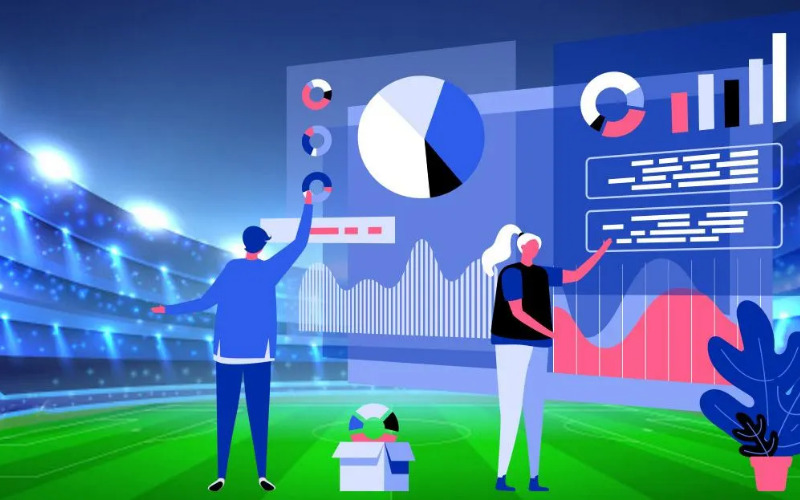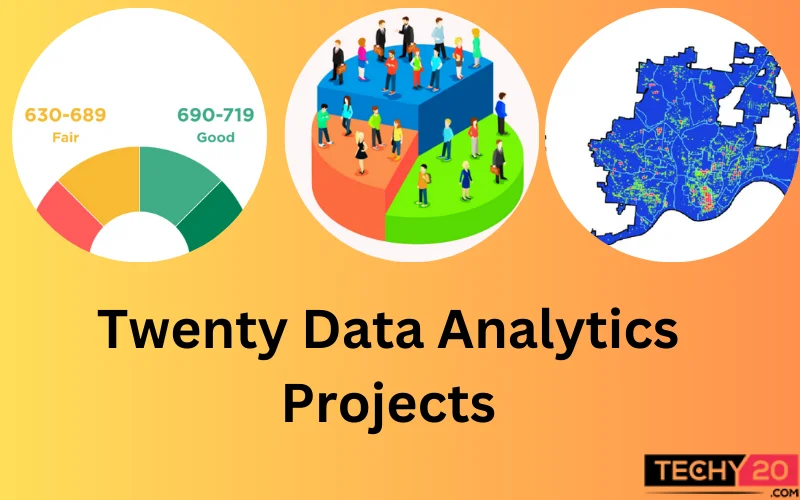Data Science is a branch of computer systems and mathematics including the evaluation, extraction, assessment, and presentation of data for decision-making and obtaining insights. Data Collection, Data Interpretation, Data Cleaning and Preparation, Statistical Modelling, Exploratory Data Analysis (EDA), Machine Learning (ML), Data visualisation, and Data-driven decision-making are some of the tasks that fall under the umbrella of data science. Data Analytics is a division of data science that helps simplify large volumes of data into small-sized datasets. It is a domain where many projects can be done at the college level. Here are a few suggestions for Projects on Data Analytics:
1. Customer Segmentation For An E-commerce Platform
Customer segmentation entails grouping clients based on characteristics to tailor advertising and marketing strategies. Analyse client data from an e-commerce platform, considering factors like purchase history, demographics, and browsing history. By using clustering algorithms such as K-means or hierarchical clustering, distinct user segments can be created. This enables personalized advertising and marketing, recommendations, and enhanced customer engagement.
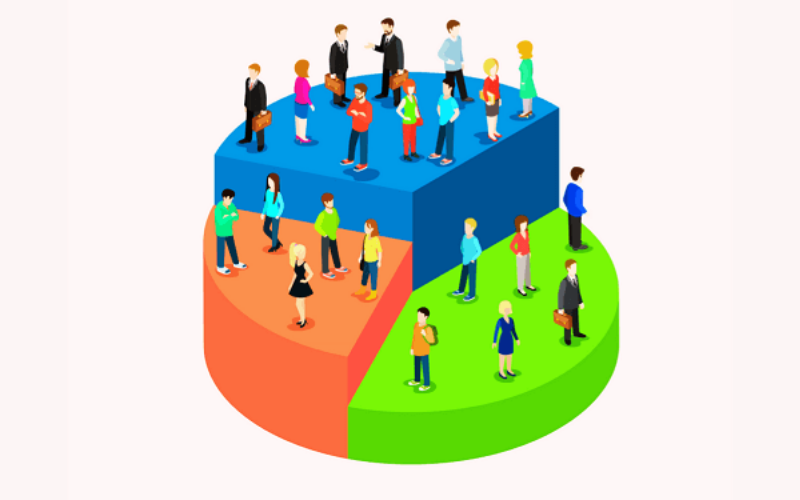
2. Churn Prediction In Telecommunications
Churn prediction enables telecom companies to identify customers susceptible to leaving. By studying historical data, call patterns, and consumer interactions, predictive models using machine learning are constructed. These models predict which clients are likely to churn, allowing the company to use retention strategies and client-centred interventions to reduce churn rates.
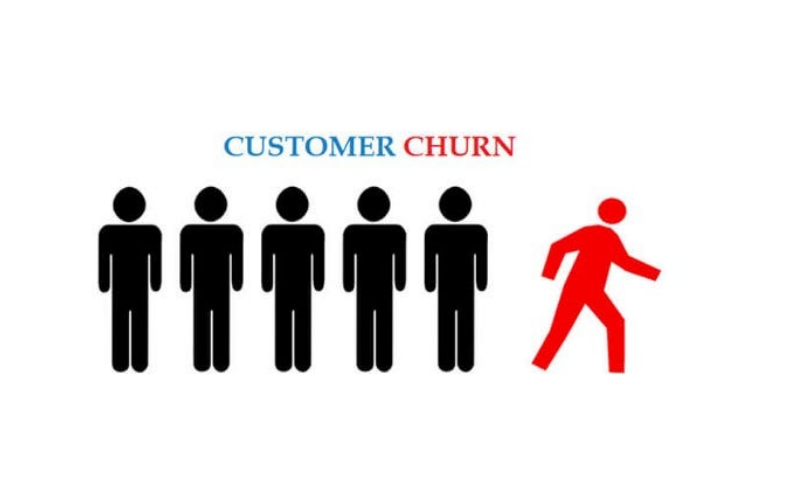
3. Credit Scoring Model For Financial Institutions
Building a credit score model involves analyzing credit-related data to predict a borrower’s creditworthiness. Utilizing Machine Learning (ML) algorithms, Factors such as earnings, credit history, debt, and employment status can be assessed. The model assigns a credit score that allows financial organisations to make lending decisions and manage risk.
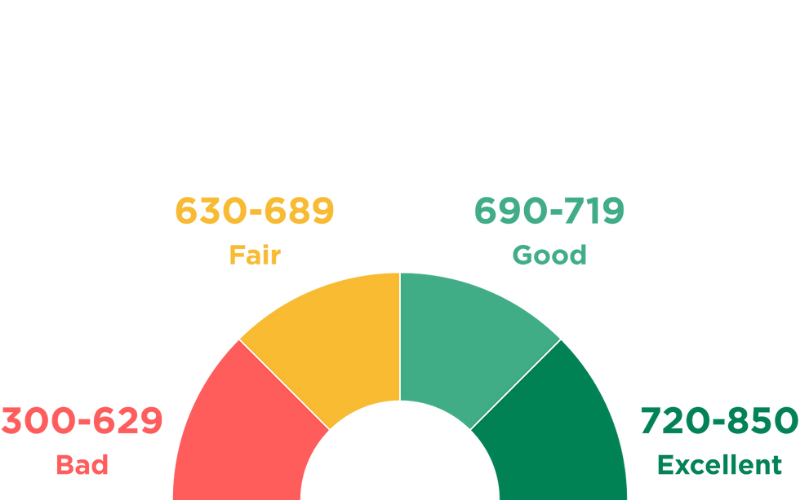
4. Social Media Sentiment Analysis
Social media sentiment analysis involves analyzing customer content to determine public sentiment toward a product, logo, or topic. Natural Language Processing (NLP) techniques categorize content as positive, negative, or neutral. Businesses can use this evaluation to gauge user delight, reveal logo popularity, and make data-driven selections.

5. Movie Recommender System
The movie recommender system suggests films based on preferences and behaviour. Collaborative filtering and content-based methodologies are used. Collaborative filtering recommends movies based on user interactions, while content-based methods use film attributes. It creates a model to improve user experience on streaming platforms.
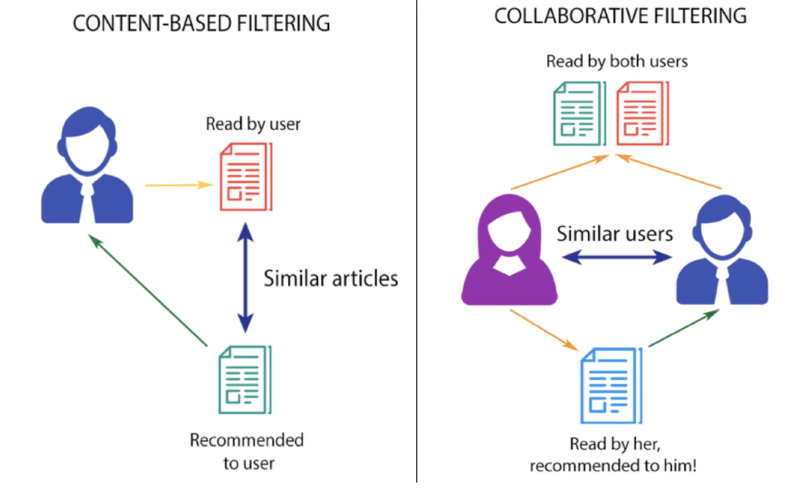
6. Fraud Detection In Banking Transactions
Detecting fraudulent transactions is vital for financial institutions. It includes analysing transaction data, figuring out patterns of fraud, and constructing predictive models by machine learning. Algorithms can learn to understand unusual patterns or anomalies, raising indicators for potential fraud and stopping financial losses.
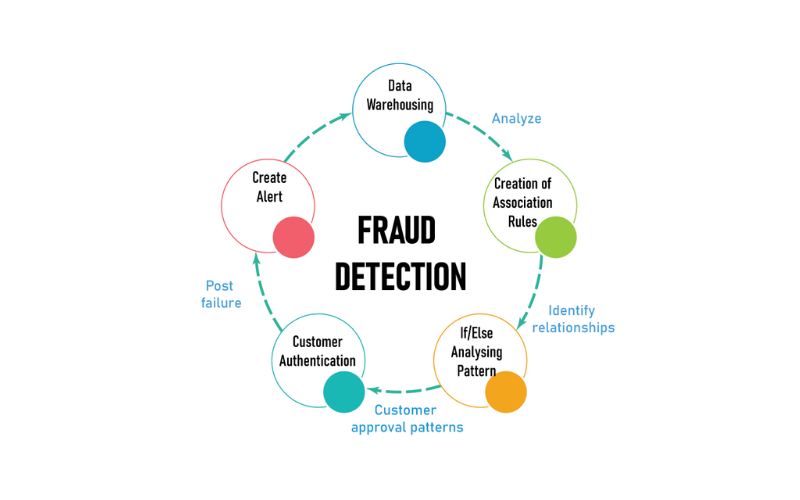
7. Energy Consumption Forecasting For Smart Grids
Energy consumption forecasting is essential for optimizing power distribution and minimizing waste. Time series analysis and machine learning techniques can predict future energy demand based on weather data, past consumption patterns, and other applicable factors. It helps utilities plan resource allocation effectively.
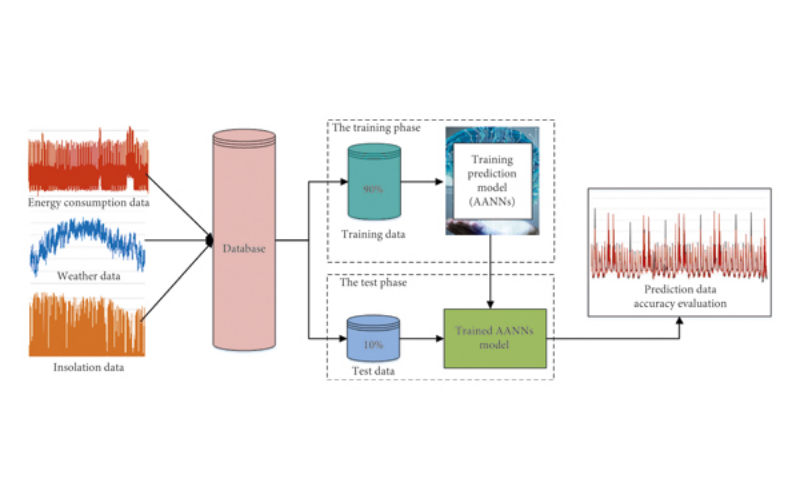
8. Healthcare Patient Diagnosis Prediction
Predictive modelling in healthcare entails studying patient information to predict diagnoses or health results. By leveraging medical data, diagnostic tests, and patient history, ML models can predict the likelihood of specific conditions. This aids healthcare specialists in early intervention and personalized treatment planning.
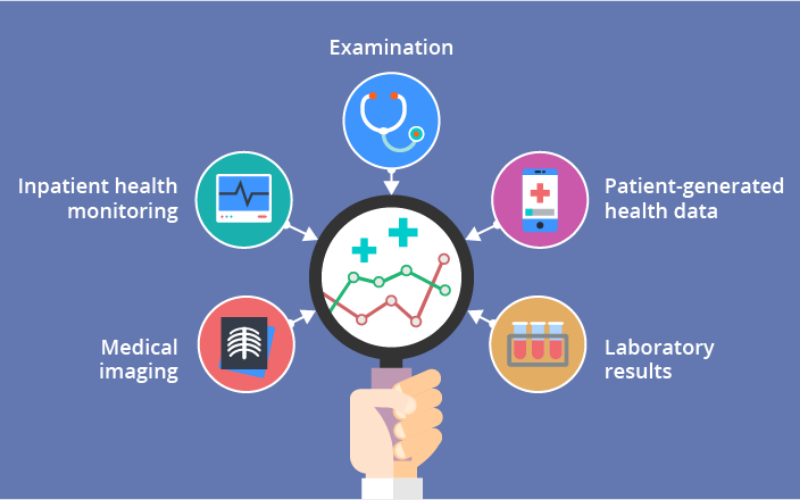
9. Stock Price Prediction Using Time Series Analysis
Stock price prediction uses historic stock price data to forecast future trends. Time series analysis strategies such as ARIMA, SARIMA, or LSTM (Long Short-Term Memory) neural networks are employed to understand patterns and seasonality within the stock market. By analyzing historic data and market indicators, these models provide insights into potential price movements.

10. Customer Lifetime Value Prediction
Predicting the lifetime value of clients facilitates businesses to identify the potential revenue each customer can generate over their engagement with the firm. Utilizing customer purchase history, transaction data, and engagement metrics, ML models can predict the value of each customer, guiding marketing efforts and resource allocation.
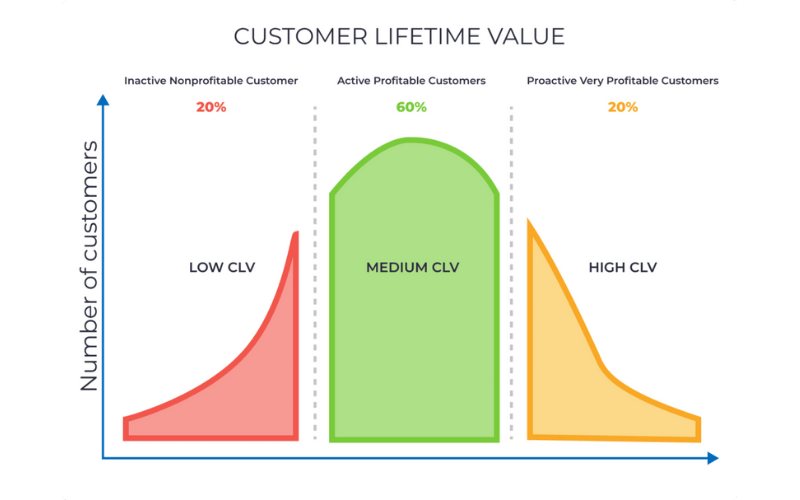
11. Website User Behaviour Analysis
Website user behaviour analysis involves analysing user interactions on a website to optimize user experience. By tracking metrics like web page views, click-through rates, and bounce rates, insights can be gained into consumer preferences and pain points. These insights guide website design, content creation, and digital marketing techniques.
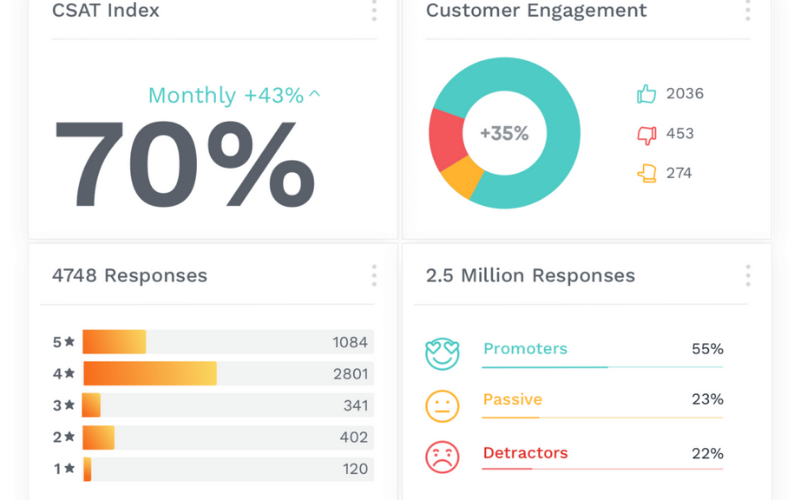
12. Air Quality Monitoring And Analysis
Air quality monitoring focuses on analyzing information from sensors that measure air pollutants. Time series analysis, data visualization and machine learning methodologies can predict air quality trends, find pollution resources, and assess environmental policies. It contributes to public health and environmental conservation efforts.
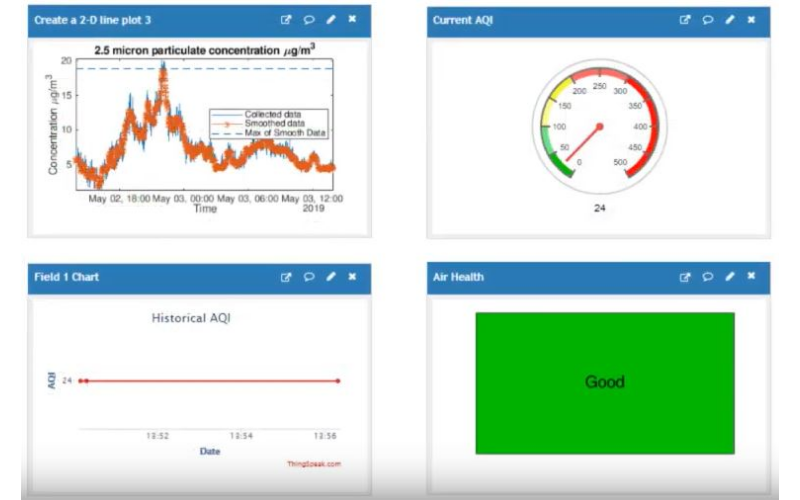
13. Text Classification For News Articles
Text classification involves categorizing news articles based on their content, sentiment, or topics. Natural language processing techniques like TF-IDF, word embeddings, and machine learning models like Naive Bayes, SVM, or Deep Learning are employed. It enables media organisations and content creators to prepare and recommend information to their target audience.
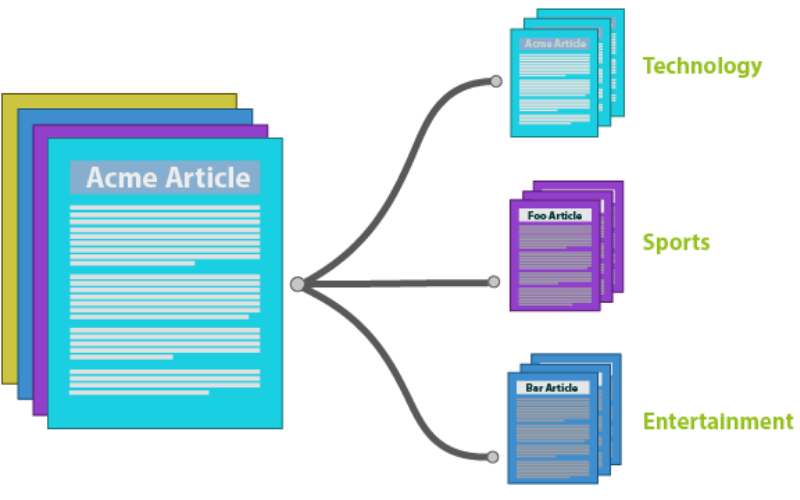
14. Traffic Congestion Analysis And Prediction
Traffic congestion analysis predicts and alleviates traffic jams. Utilising information from traffic cameras, GPS devices, and historical traffic patterns, predictive models find congestion-susceptible regions and suggest alternative routes. Such insights aid urban planners and commuters in navigating cities more effectively.

15. HR Analytics For Employee Performance
HR analytics involves using data to analyze and optimize several aspects of human resources management. Employee performance analysis uses data like project completion rates, attendance, and feedback scores to evaluate individual and team performance. This analysis aids in identifying areas of improvement, top performers, and making informed decisions about promotions, training, and talent development.

16. Crime Hotspot Mapping
Crime hotspot mapping uses spatial data and historical crime records to find areas having high crime rates. By applying geospatial analysis and clustering techniques, law enforcement agencies can find crime hotspots. It guides resource allocation, patrolling, and crime prevention techniques to enhance public safety.
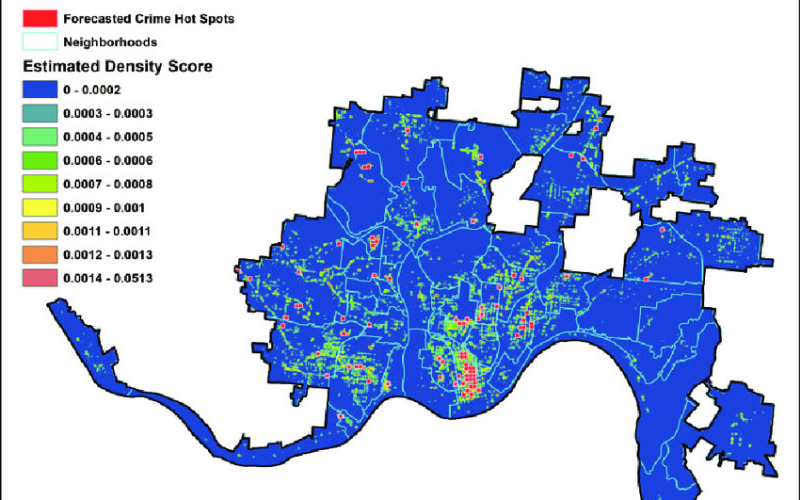
17. Student Performance Analysis In Education
Student performance analysis involves examining academic data to analyse learning patterns and optimize educational techniques. By analyzing attendance, test scores, and engagement metrics, educators can find struggling students and tailor interventions. This data-driven approach aids in personalizing learning and enhancing educational outcomes.
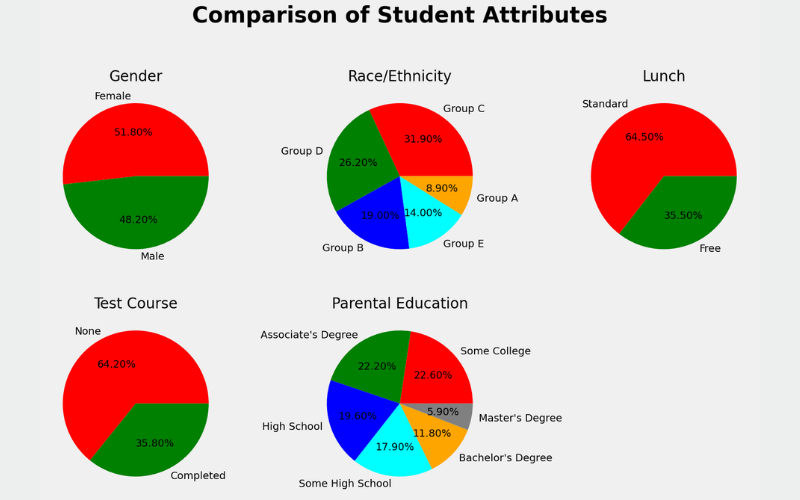
18. IoT Data Analytics For Smart Devices
IoT data analytics includes analyzing data generated by interconnected many devices. Analysing data from wearable devices, smart appliances, and connected vehicles offers insights into patterns, user behaviour, and performance. They aid in device optimisation, predictive maintenance, and enhancing user experience.
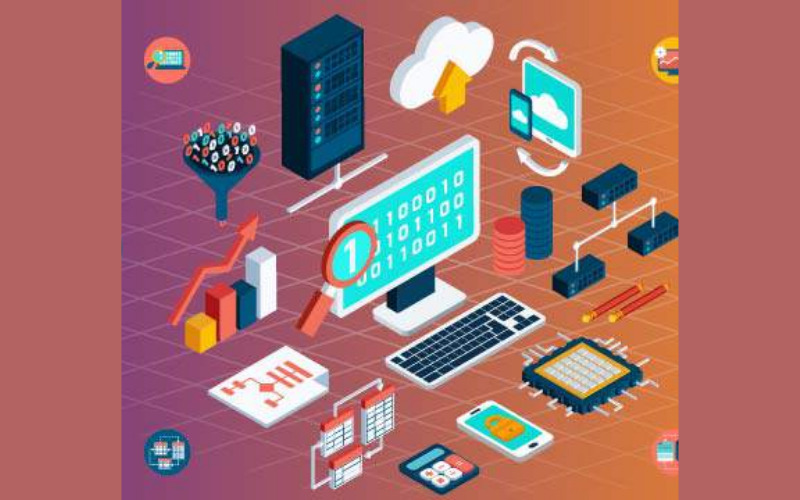
19. Tourism Demand Analysis
Tourism demand analysis uses data from online searches, travel bookings, and user reviews to predict tourism trends. By analysing factors like seasonality, travel companies, demographics, and destination popularity, governments can allocate resources, plan marketing campaigns, and offer tailored experiences to tourists.
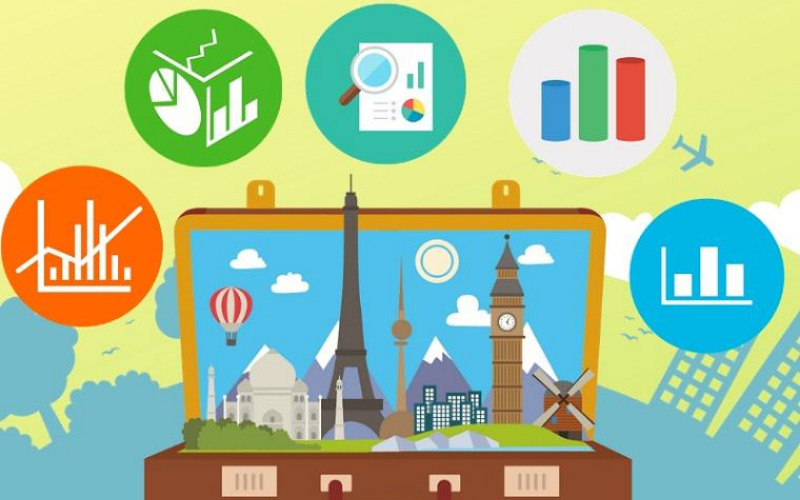
20. Sports Analytics For Player Performance
Sports analytics involves analysing player performance to gain insights into weaknesses, strengths, opportunities and strategies. Analysing match footage, player statistics, and biometric data, coaches and teams can provide data-driven decisions on strategy, training, and player selection to enhance team performance and competitive edge.
